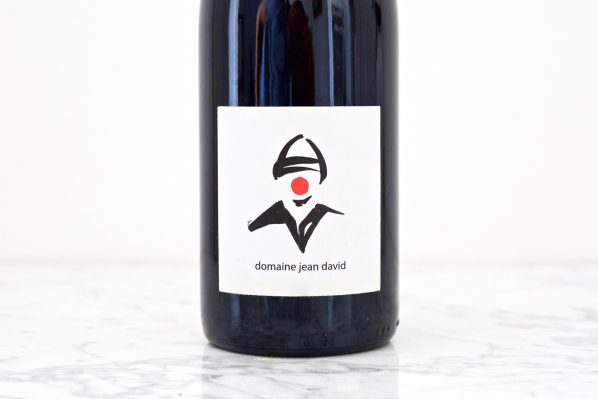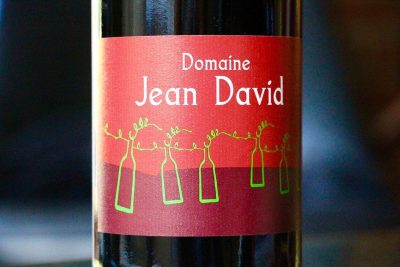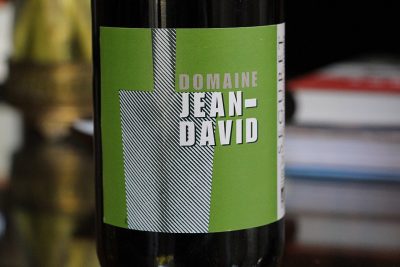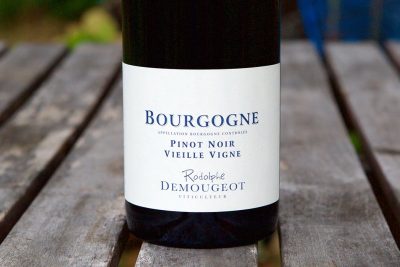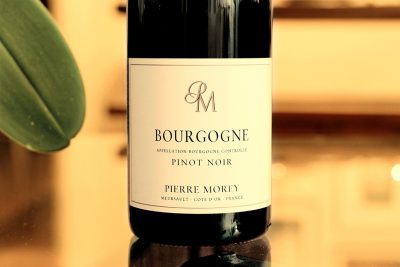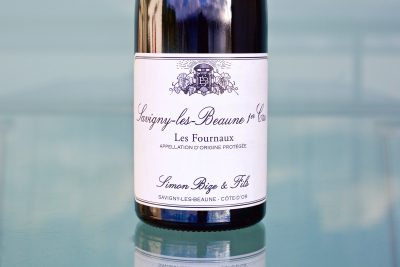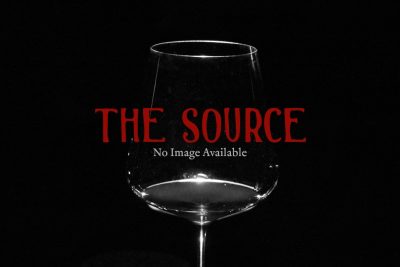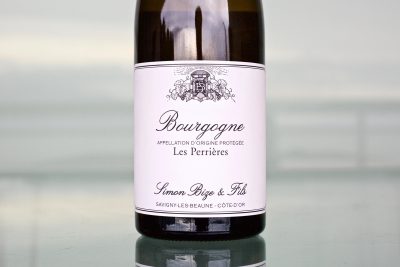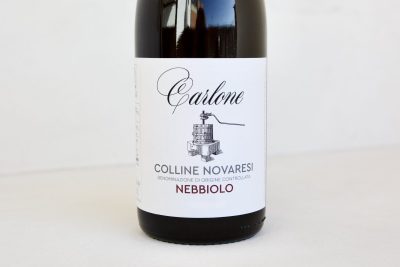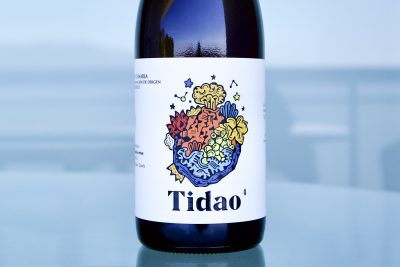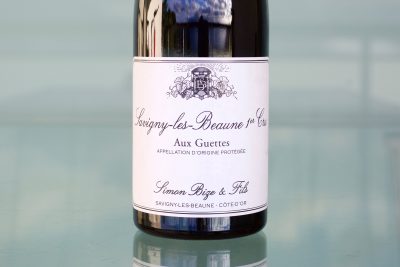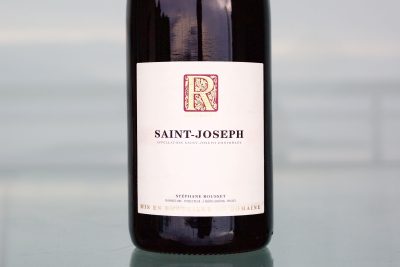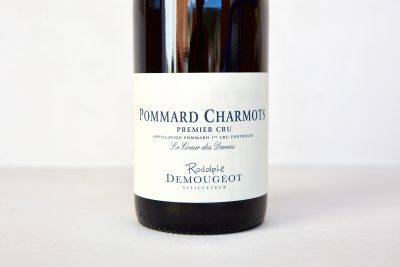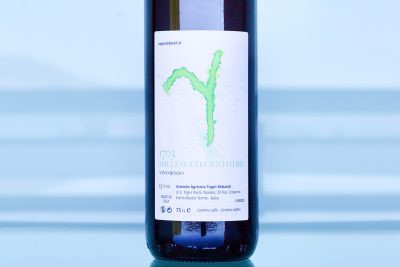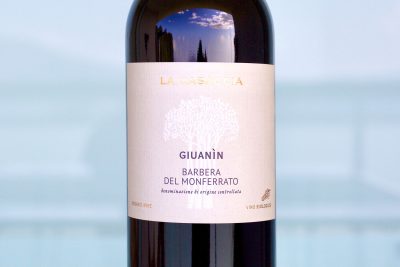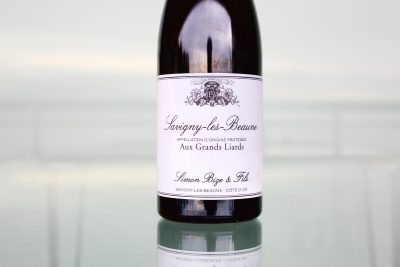About The Wine
Inside the Bottle: Quite different from most Southern French wines, it wouldn’t be difficult to mistake this low alcohol, perfumed Grenache-based red for a cooler climate wine like a Loire Valley Cabernet Franc. Dark, brooding and completely slurp-able, the Beau Nez delivers immediate pleasure upon pulling the cork, a glimmering reminder that a “natural wine” without added sulfur can indeed be pure and clean, no excuses needed to account for any blemishes.
As with many “sans soufre” wines, it’s adorned with soft edges and unbridled, high-toned aromatics. The wide expanse of its “beau nez” begins with black fruits, opening slowly to reveal layers of wet forest, black soil, peat, mushrooms, and red and violet flowers. In the mouth, silky tannins and lively acidity are complimented with anise, savory spices, sappy dark fruit and a gamy savoriness. We have the gentle, sandy limestone vineyards of Seguret to thank for this wine’s wonderful accessibility. It generously rewards quaffing and is even better with a meal.
Terroir: The combination of sandy-loam and limestone soils gives this wine tremendous lift and great structure without gifting it too much in body. Sand always seems to impart high and spirited aromas in wine and its presence here is clear. The wine is made of the highly aromatic and structured grapes, Grenache (55%), Carignan (25%) and Counoise (20%). I believe that the latter two grapes are under appreciated and hope they will find a stronger presence in more serious wines within the Southern Rhône wine region.
All of Jean David’s wines are vinified and raised in concrete tanks with a miminum of Sulfur added. He has been organically farming since 1979.

